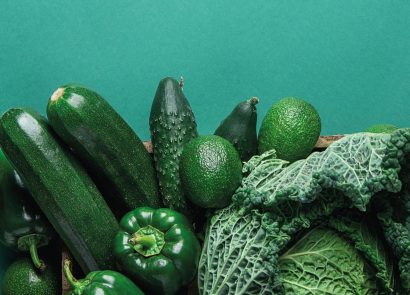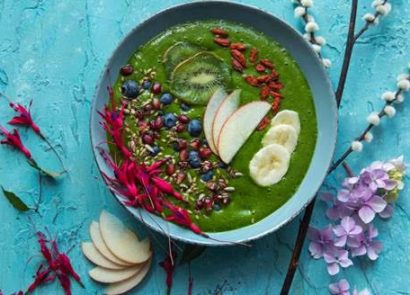Have you had it yet? That itchy tickle in the nose, the unexplained watering of the eyes or just the hit-by-a-ton-of-bricks tiredness? Hay fever season is here, and up to one in four of us (according to NHS consultant allergist, Dr Glenis Scadding) will suffer with ‘seasonal rhinitus’. In fact, occurrences of this allergic reaction have trebled in the past 20 years. It’s most typically triggered by summer’s annual pollen-fest, but airborne moulds and fungal spores also play a part in generating symptoms – sneezing, breathlessness, sinus pain, coughing and more – that can spoil summer time.
This month sees one of the most allergenic pollen sources of all, grasses, hit peak production. And while many of spring’s pollinating trees are winding down their pollen release, common weeds, such as nettle, dock and mugwort, are gearing up to unleash their allergenic load towards the end of the summer. Seasoned sufferers will be veterans of the pharmacy; queens of the counter-top remedy. Anti-histamine tablets, corticosteroid nasal sprays and cromoglycate eyedrops are common treatments, but did you know your home harbours a heap of allies that can help reduce symptoms?
In your make-up bag
Petroleum jelly
A smudge of Vaseline around your nostrils can trap small pollen grains before they enter your nasal passages and wreak their havoc on your sinuses. Clever, eh? Balm Balm’s Fragrance Free Face Balm (£9.50, lovelula.com) is a holistic alternative; it’s made with calendula oil, shea butter and beeswax to soothe raw skin irritated by endless nose-blowing.
In the bathroom
Your shower
A stiff breeze carrying the powdery pollen of flowering lime trees, for example, or tall grasses, can leave a visible coating on car windscreens. What’s harder to spot is the dusting that covers your skin, hair and clothes. The surest way to detox after a day in the sun is to jump in the shower. Gently washing pollen grains away will reduce your symptoms in the evening.
In your handbag
Big sunglasses
Protecting your eyes from the effects of pollen grains can be as simple as creating a physical barrier. Short of stepping out in ski goggles it’s going to be tough to keep all irritants away from your eyes, but a giant pair of shades is a great help. Wraparound styles are particularly recommended to keep drifting grains from sparking the allergic conjunctivitis that’s only too familiar to hay fever sufferers.
In the medicine cabinet
Salt water sprays
Keeping your nasal passages clear of irritants is a great way to reduce inflammation that can lead to sinusitis. Asthma UK recommends a simple saline nasal spray to flush out allergens and prevent infection. Vicks Vapo Spray Sea Water (£6.99, boots.com) will clear debris and moisturise your nasal lining.
In your pocket
Your phone
It’s a cruel irony that pollen counts are highest on warm, sunny days and drop on cold, wet days. Staying in on those lovely summer days is a miserable option, but it’s possible to minimise your exposure with savvy scheduling. Add a free pollen-tracing app to your home screen; My Pollen Forecast UK will give free updates on the exact risk where you are, while Hay Fever Relief from Dr Carson adds insight into symptoms.
Under the stairs
Your vacuum cleaner
Your home should be a safe space of sanctuary during high-pollen times, but keeping irritants out is logistically impossible when doors, windows, vents and flues allow the outdoors in. The answer is simple, but laborious: vacuum thoroughly and regularly, especially after high-pollen days when windows and doors have been open. An appliance with a HEPA filter in-built will get best results.
Under the sink
A damp cloth
Dusting is another important line of defence against accumulations of pollen. Make sure to use a damp cloth that’ll trap, rather than stir up, grains, and be thorough. Each specific pollen type has a short season so you should be looking at eight weeks of peak pollen. Plus, a gleaming house will be your reward!
In the utility room
Your tumble dryer
Is there any sight more satisfying than a full line of washing fluttering in the breeze? Well, maybe. If you suffer with hay fever, you may prefer to see your washing emerge – pollen-free – from a tumble dryer. Okay, it’s power you have to pay for, but with consumer group Which? estimating an average dryer costs just £67 a year to run, it’s not the energy guzzler you might imagine.
In the cupboard
Local honey
Clinical research on the efficacy of local honey (which contains pollens that may trigger your allergies when airborne) may be lacking, but studies do hint why many claim honey helps protect them from symptom flare-ups. Trials of immunotherapy – exposing hay fever sufferers to small doses of pollen – have shown marked reduction in symptoms. Just stick at it – a 2017 study suggests it takes three years of treatment to get lasting benefits.
On your counter top
Herbal teas
Holistic herbal treatments tend to treat the whole body, rather than address specific symptoms, so opting for an immuneboosting blend such as echinacea, ginseng and astragalus may support your body as it fights allergenic pollens. It’s also worth seeking infusions of anti-catarrh herbs.
Echinacea, goldenseal and tulsi (holy basil) could all help relieve symptoms in the long term.
Out and about
Change your car’s air filter
Did you know that tucked behind your glove box is a nifty air filter unit? Designed to keep pollen and other allergenic particles from entering your car via the heating vents or air con, it’s best kept clean for maximum efficiency. A replacement cabin filter from Halfords costs as little as £10, and is a piece of cake to fit. Find details at halfords.com
Dodge smoking areas
Whether you smoke yourself, or hang around those who do, smoke can significantly exacerbate your symptoms. The effects of vaping are less well understood, but research published in the British Medical Journal suggests that e-cigarette vapour might inhibit protective cells in the lungs that keep harmful particles at bay.
Keep off the grass
An estimated 95 percent of hay fever sufferers are allergic to grass pollen, so don’t underestimate its impact on your symptoms. On high-pollen days, find a beach with onshore breezes, exercise indoors, and definitely avoid newly-cut grass. Allergy UK sells an allergy mask (£39.99, allergyuk.org) that can help when pollen-rich environments can’t be avoided.
A helping hand
-
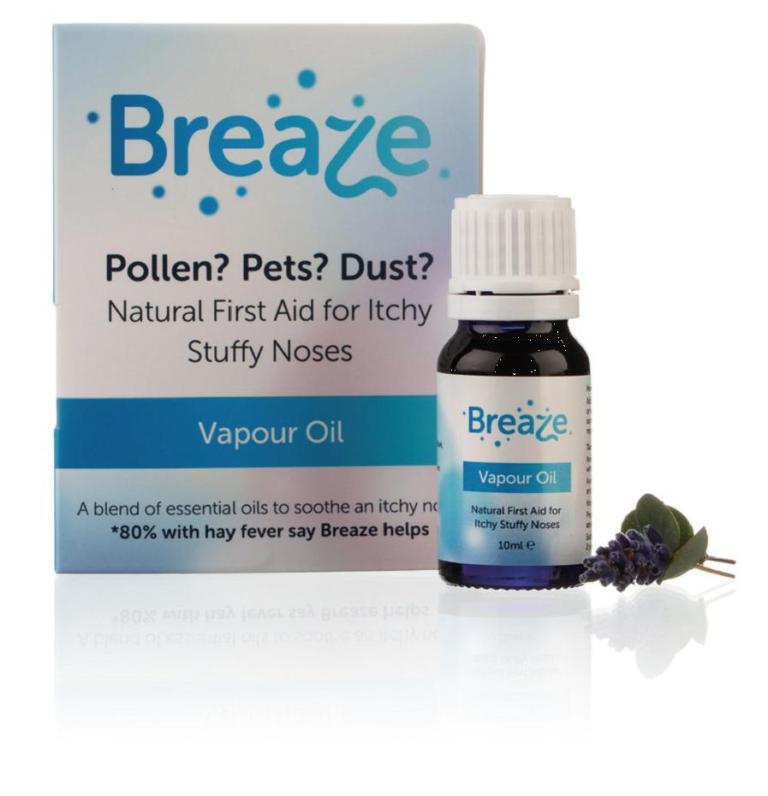 Breaze Vapour Oil £6.95, breazehealth.com
Breaze Vapour Oil £6.95, breazehealth.com
-
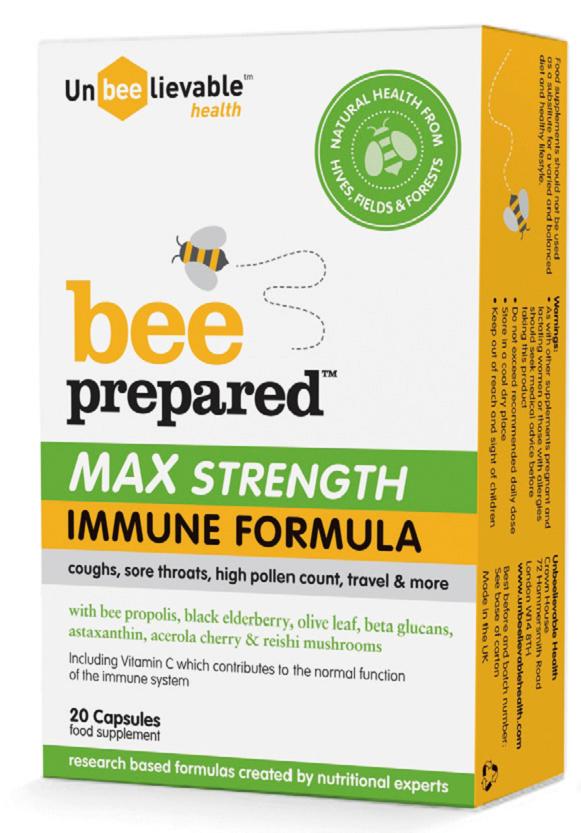 Bee Prepared Max £14.99, Holland & Barrett
Bee Prepared Max £14.99, Holland & Barrett
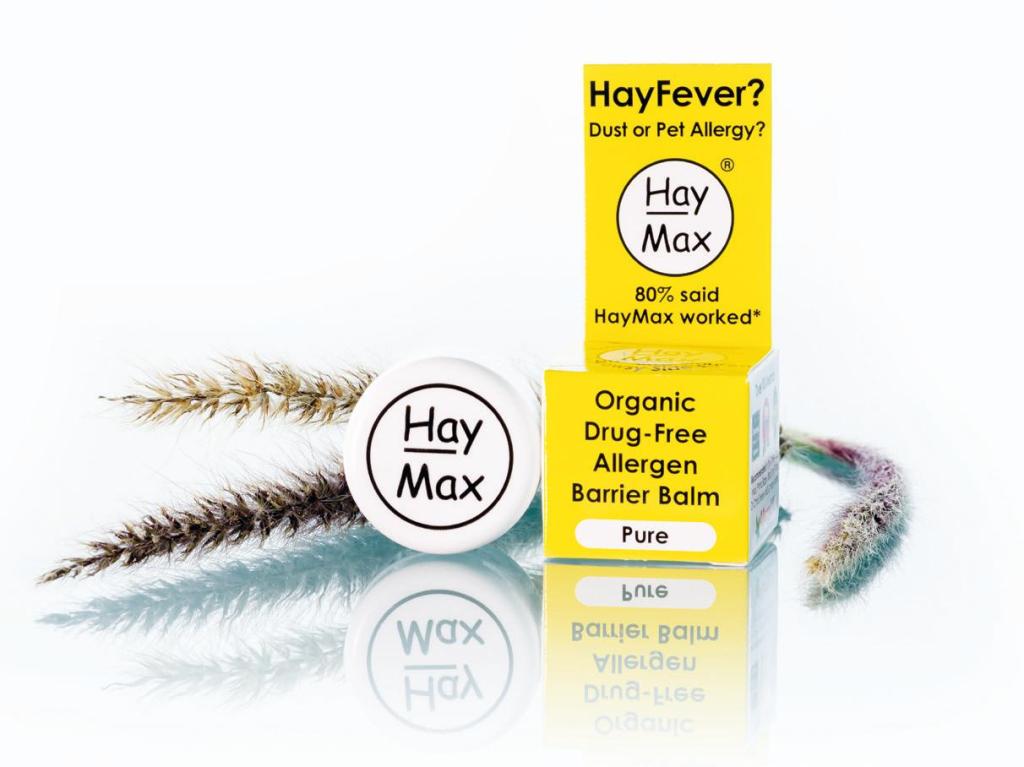 Hay Max Organic Drug-Free Allergen Barrier Balm £6.99, selected independent health food stores and pharmacies, Boots, Holland & Barrett, Morrisons and Ocado, haymax.biz
Hay Max Organic Drug-Free Allergen Barrier Balm £6.99, selected independent health food stores and pharmacies, Boots, Holland & Barrett, Morrisons and Ocado, haymax.biz













